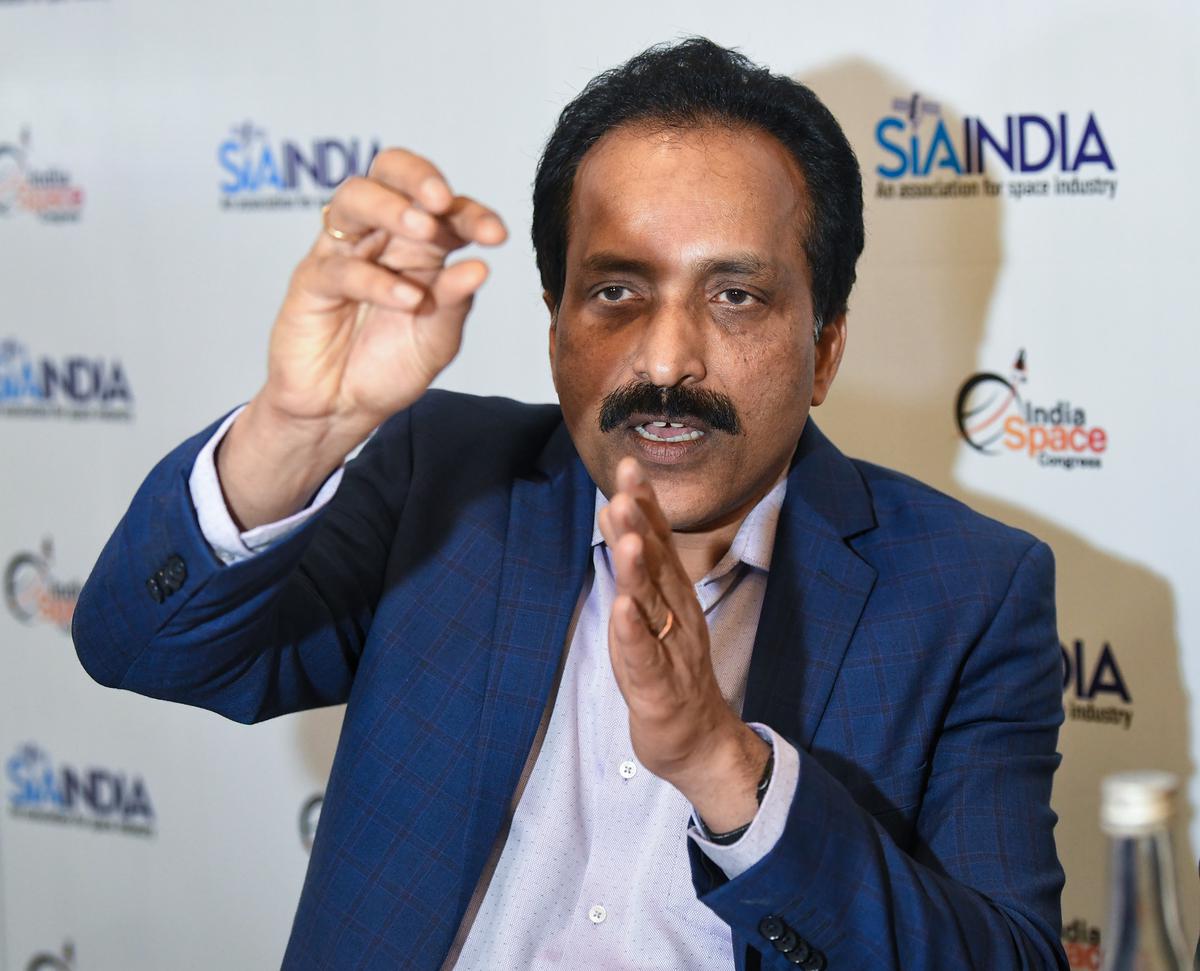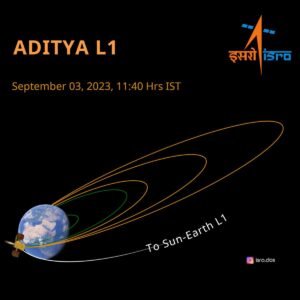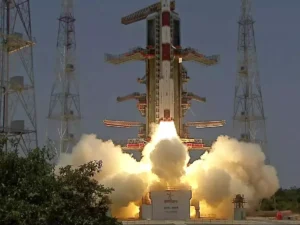The Aditya-L1 spacecraft launched to study the Sun will reach its target Lagrangian point on January 6, 2024, ISRO Chief Somnath said.
The Aditya-L1 spacecraft was launched by ISRO on a PSLV-C57 rocket from the Satish Dhawan Space Center in Sriharikota at 11.50 am on Saturday (September 2) to study the Sun. About an hour later, the spacecraft was positioned in low Earth orbit.
Aditya L-1 spacecraft:
The Aditya L-1 spacecraft has seven different research instruments including Solar Ultraviolet Imaging Telescope, Plasma Analyzer, and X-ray Spectrometer.
About 15 lakh km from Earth, at the farthest ‘Lagrangian Point One(L-1)’, the gravitational force between the Earth and the Sun is equal. Aditya spacecraft weighing around 1,475 kg will travel for 125 days and will be stationed at L-1. While there, the Aditya spacecraft will carry out studies to know the thermal environment, radiation, magnetic field, etc. of outer solar space.
In this situation, the Aditya-L1 spacecraft launched to study the Sun is expected to reach its target Lagrangian point on January 6, 2024.
What will Aditya-L1 do after reaching L-1 Point?
Once the Aditya-L1 spacecraft successfully reaches its Lagrangian point, it will orbit the Sun for the next five years and transmit information back to Earth.
It will collect all the data which is very important not only for India but also for the entire world.
 The data will be very useful in understanding the dynamics of the Sun and how it affects our lives,” the ISRO chief said.
The data will be very useful in understanding the dynamics of the Sun and how it affects our lives,” the ISRO chief said.
As instructed by Prime Minister Narendra Modi, ISRO plans to build an Indian space station called ‘Bharatiya Space Station’. Rather than whether India can lead in everything, it should focus on areas where it can.
ISRO chief Somnath said that how India is going to become a technologically powerful nation is very important.












Comments 1